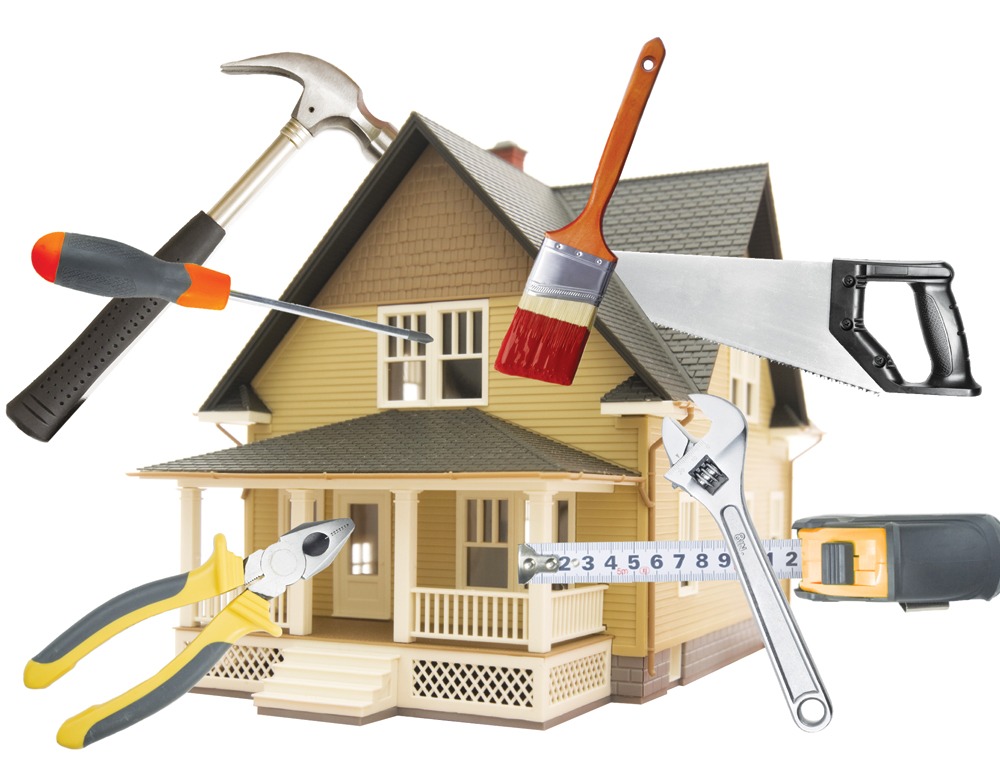Mistakes made during renovation
Undertaking a renovation can be, in a word, traumatic.
First of all, it’s an investment, a kitchen remodels—the most common home renovation—costs an average of $24,000, and even a smaller-scale remodel like a bathroom redo averages out around $8,000. Beyond that, there’s the tricky task of managing a workforce that could consist of designers, architects, contractors, and subs (when you’re more comfortable managing a couple of kids and a dog) for a project where you may or may not have any technical expertise.
That being said, if you can navigate a renovation smoothly, it can be one of the most rewarding investments you can make in your home. So, before you take on a renovation, consider this list of the top renovation mistakes to avoid and how to get around them.
What You Should Know Before Consulting Someone to Work on Your Reno
1
Rushing the Job
You’ve seen enough home improvement shows to know that it’s possible to build an entire home in a week. But TV is not real life, and for your own renovation, you need to allow time to plan, to do each step thoroughly, and to address the unexpected.
“You have to respect the enormity of it all, who says that with proper planning, a three- to a six months window isn’t overkill for a big project. Building in enough time—and cushioning it with a few extra weeks—will give you room to properly plan a project, assemble a team, and work through anything that comes up with less stress.
2
Neglecting the Team Dynamic
Speaking of assembling a team: Depending on what you’re undertaking, this may include an architect, specialty designer (like a kitchen or bath designer), contractor, decorator and more.
HmD advises you get these people together as early as possible. “Often people make the mistake of working with the architect and getting far into a plan before consulting the contractor, and then you realise the project is out of budget. The sooner you assemble the team and get them working together, the better you’ll minimise or eliminate the risk of issues or problems coming up later.
3
Ignoring Your Gut
On that note, do your homework and interview multiple contractors and other pros as you assemble the team. They may have good working relationships with people they can recommend to you, but you should meet contractors in person and talk to at least three to five people before committing.
“Every meeting is going to be education; you’ll learn about the project and yourself. But listen to your gut! If you feel like that initial meeting seemed overly rushed, or that they were rude or condescending, those feelings are only going to multiply during a renovation. Move on.
4
Miscommunication
Communication is key: With your workforce, between the team—and with your partner, too. The project can become a kind of blank canvas for any issues that exist in the relationship. Go in with your eyes wide open!
If you have a strong rapport with your contractor, that person can help you and your partner work through any disagreements, and you shouldn’t have side conversations without each other. It’s also important to establish with your contractor how best to communicate. “Whether it’s by text, phone, or an email once a week, you want to know how to reach them once the work gets underway.
5
Thinking You Know Best
HGTV and Pinterest are great for inspiration, but not for information. If you’re into home improvement shows, remember that they only show a portion of the project. Similarly, you may want to shop for your own tiles or lights online, but there’s a big difference between choosing things you like and choosing items that will perform properly.
Enlisting a professional designer to guide your choices could cost between 5 and 20 % of your total budget, but it’s worth it to make sure you’re getting a good-quality design and that all the elements will truly function together.
6
Forgetting to Budget
Speaking of which: You’ve got to pick a number. Since the general rule of thumb is that it’s going to cost more and take longer than you think, make sure you have a big enough cushion in there that you’re not breaking the bank (adding an extra 10 to 20 % more to the initial estimate is a good start).
If by some miracle you come in under your number, you’ll be happy to have a little extra for decorating.
As a general rule, you’ll want to spend more on things you interact with—like cabinets with doors you’ll open and close dozens of times a day—versus things you use less, like decorative tile.
7
Neglecting the Plan
It’s important to have a thorough, written plan before you start work. “If a contractor ever says they don’t do that, run in the opposite direction! The plan should include precise details, down to every single product with the model number and choice of finish. And once you have the plan: Stick to it. “The four most expensive words in renovating are, while you’re at it.
Even minor changes can drive up the cost and push back the timeline.
That being said, know that things will inevitably come up, and adjustments will have to be made along the way. Get them documented and try not to stress. “It’s probably never going to be perfect or work out exactly as you imagine, so go easy on yourself and take the long view.



